Lazio is a region in central Italy where excellent wine has been produced since ancient times. With more than 25,000 hectares of vineyards, Lazio has a particular vocation for white wines but there is no lack of good red and rosé wines. In this article, we present the main wines of Lazio and their characteristics.

Wines of Lazio: history and territory
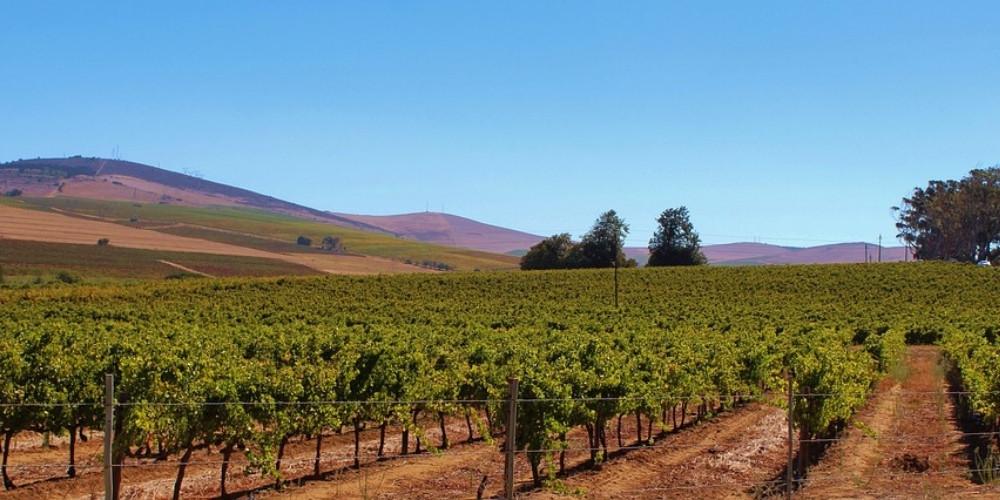
The cultivation of wines in Lazio has been known since the time of the Etruscans, who already cultivated indigenous wine varieties, then with the Roman Empire wine spread throughout Europe. It is said that Emperor Marcus Aurelius Probus commanded his legions to always take a vine with them. When a territory was conquered, they had to plant the vine, which thus became the symbol of the power of Rome.
Lazio is a predominantly hilly region, where we also find the sea, plains and lakes that occupy ancient volcanic craters. Climatic conditions vary consistently; the temperatures change between hilly areas and valleys. This region is particularly suited to viticulture precisely because of the richness and diversity of its soils. The mineral-rich soils and the Mediterranean climate with considerable temperature fluctuations are ideal for ripening grapes.
The wines of Lazio

The Castelli Romani area, thanks to its soils of volcanic origin, rich in metals and iron, concentrates a large number of DOC wines. It is home to Frascati DOC and Cannellino di Frascati, two of the best-known wines of Lazio. In the Ciociaria area that includes the province of Frosinone, there is a part of the Via del Cesanese that includes the municipalities of Anagni, Paliano, Piglio, Serrone and Acuto. Cesanese del Piglio DOCG is a very old wine considered an excellence of Lazio. Passerina del Frusinate IGT (Indicazione Geografica Tipica) is also cultivated in these territories.
Going to the province of Latina, we find Nero Buono di Cori, which is cultivated only in the municipality of Cori. Then there is the Moscato di Terracina. The Viterbese area is of volcanic origin and is rich in tuff. In the territories of Gradoli, Grotte di Castro, San Lorenzo Nuovo and Latera, we have the Aleatico di Gradoli, only made of 100% Aleatico grapes. In these areas, we also find Malvasia Bianca and Trebbiano Bianco, used to produce the famous wine Est! Est!!! Est!!! of Montefiascone.
The province of Rieti is located in the Sabina area that was once a territory divided between Umbria, Lazio and Abbruzzo. In this territory, we find a DOC wine 'Colli Della Sabina' that is differentiated between white, red, sparkling and even spumante. Let us look specifically at the characteristics of the best-known wines of Lazio.
Frascati
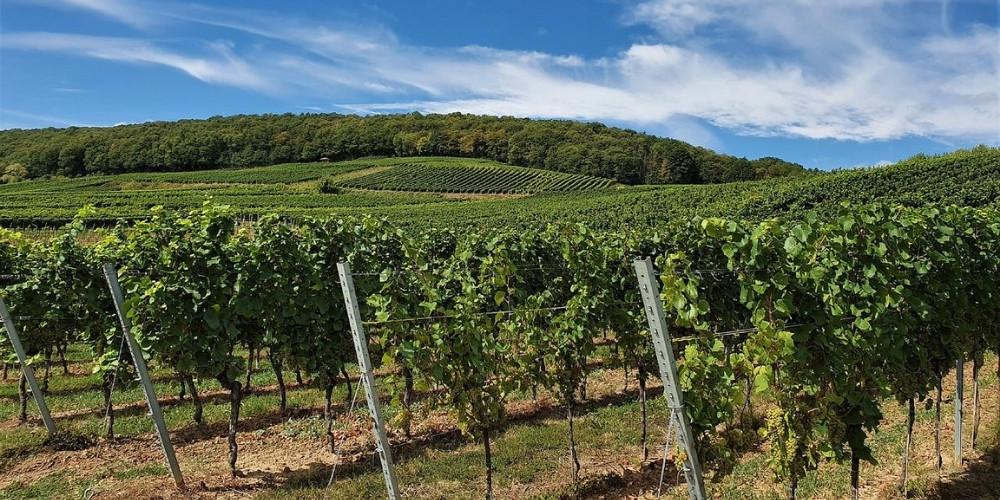
The name of Frascati DOC wine derives from the city of Frascati. The legend says that the God Saturn was banished from Olympus by his father Jupiter and took refuge in Lazio in the Castelli Romani area and introduced the cultivation of vines. The Romans quickly learned so much that wine-growing became one of their leading activities. After the end of the Roman Empire, many vineyards were abandoned. Wine was only produced in abbeys and monasteries to be used for mass or to make medicines. Around 1515, the Lord and Vicar of Pope Julius II Della Rovere wrote a Statute to the city of Frascati, which listed the areas where vineyards were to be cultivated and the rules for the grape harvest.
During the Renaissance, wealthy families in Rome rebuilt villas and palaces in the vicinity of Frascati, also giving rise to new vineyards. Frascati wine became so widely consumed that it was drunk in all the taverns of the time. It is a straw-yellow wine with a delicate aroma. On the palate, it is dry, sweetish, soft and savoury. Frascati DOC goes well with starters, soups, first and second courses (especially fish), and can also be drunk with aperitifs.
Cannellino di Frascati
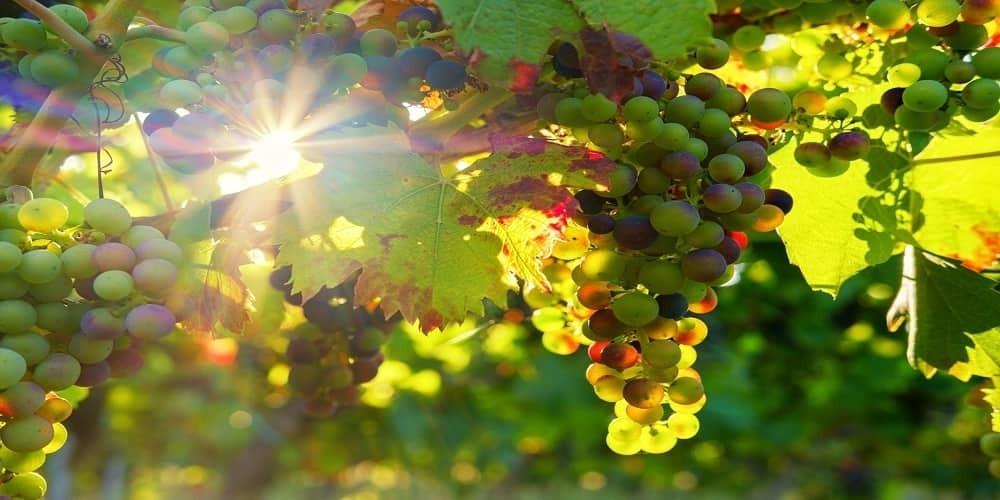
Cannellino di Frascati is an ancient wine. It was called l'ORA because it was drunk at all hours and provided energy to the people working during the grape harvest. Later took the name Cannellino because this wine has a concentrated sugar level. Vinification took place inside a tank. This tank was placed inside the vats that were in the Castelli Romani municipalities. People would take the wine from the tap of the tank called "cannella" hence the name Cannellino.
The white grapes in Cannellino di Frascati DOCG are 70% Malvasia di Candia or Malvasia del Lazio and the remaining 30% are Lazio grapes. Cannellino di Frascati DOCG goes well with appetisers, fish dishes, fried desserts, and soft cheeses.
Cesanese del Piglio
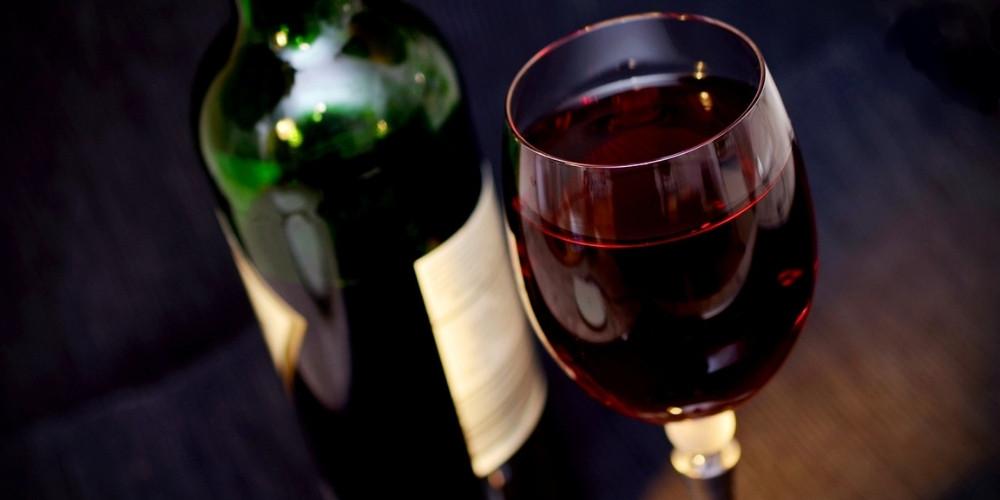
Cesanese del Piglio DOCG has two grape varieties: Cesanese Comune, which has large berries, and Cesanese d'Affile, which has smaller berries. Cesanese del Piglio DOCG consists of 90% Cesanese d'Affile or Cesanese Comune and 10% of another red grape variety. It is ruby red in colour with violet hues. On the palate, it is soft with nice acidity and has hints of blackberry, blueberry and blackcurrant. It has an alcohol content of 12.0 % vol and goes well with pasta dishes, roasts and other meats with strong sauces.
Passerina del Frusinate
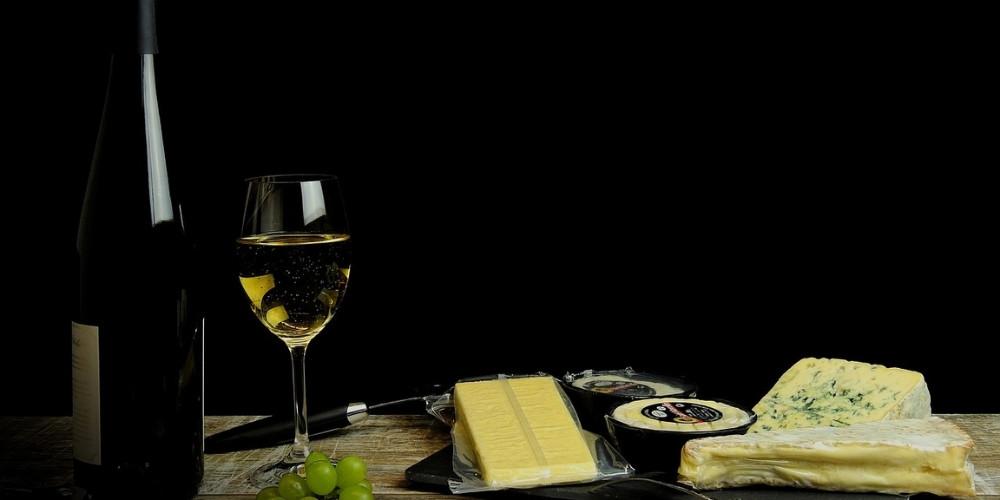
Here is another white grape wine from the province of Frosinone. Passerina del Frusinate IGT is an indigenous grape variety that, together with Cesanese del Piglio, prevails in the Ciociaria area. The name Passerina comes from the fact that sparrows eat the berries of the vine because they are sweet. Passerina del Frusinate IGT have medium-sized bunches and the berries are golden-yellow. The berries are sweet with a residual acidity that is transmitted when the must becomes wine.
Passerina del Frusinate IGT has a fruity fragrance. It is a soft and savoury wine on the palate and is straw yellow in colour with golden highlights. It has an alcohol content of 12% vol. and goes well with appetisers, fish dishes, white meat, risottos and soft cheeses. The sparkling version, goes well with pastries.
Nero Buono di Cori
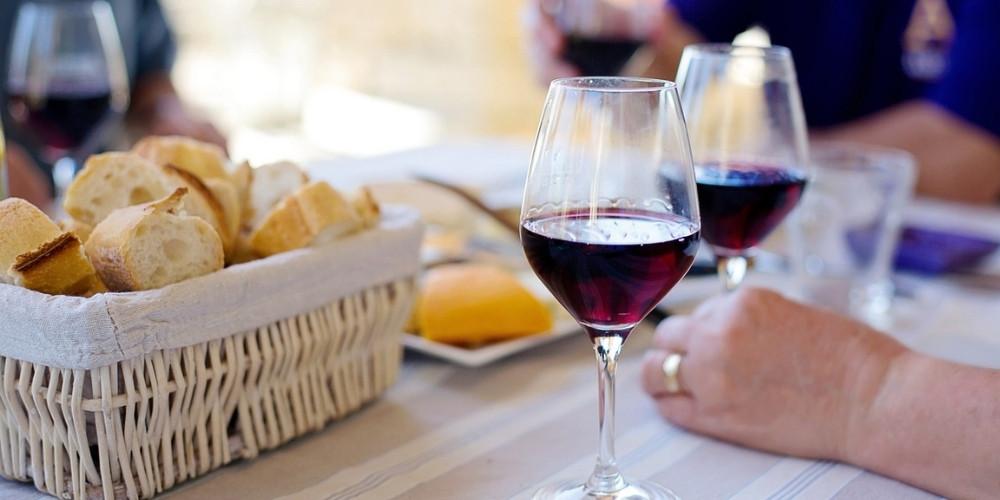
Moscato di Terracina
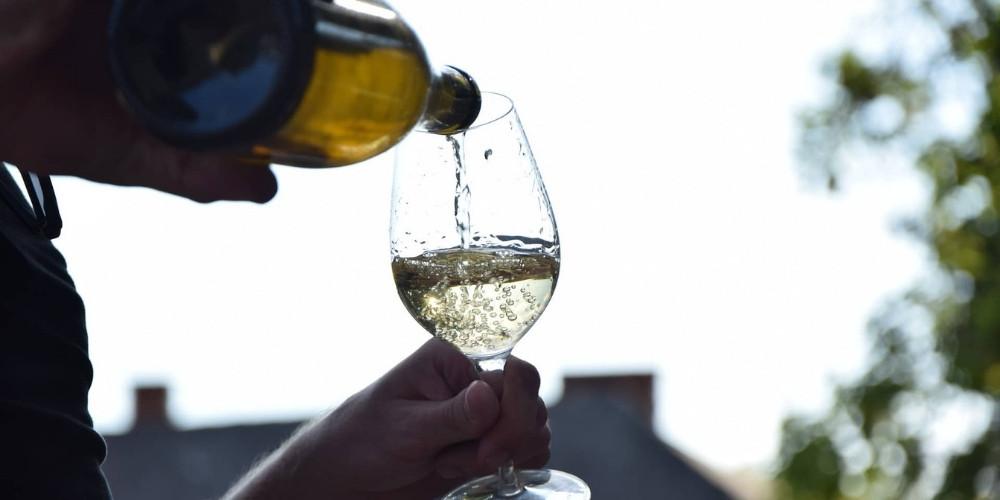
Terracina is a town in the province of Latina located on the Riviera di Ulisse, where there are clayey-sandy soils because they are close to the sea. Moscato di Terracina is a sweet white wine and is produced 'sweet, dry, passito, amabile or spumante'. The Moscato di Terracina grape is also an appreciated table grape.
The name Moscato derives from the Latin word 'muscum' (musk) because it has an intense fragrance and a sweet aroma. It has a straw-yellow colour with golden hues and is savoury and dry on the palate. It has hints of exotic fruit and citrus fruits. Dry Moscato di Terracina is excellent as an aperitif, while the amabile version goes well with leavened desserts. Moscato di Terracina Passito goes well with dry biscuits and desserts containing candied fruit and dried fruit, such as Panpepato di Anagni. Moscato di Terracina has an alcohol content between 12-14% vol.
Aleatico di Gradoli
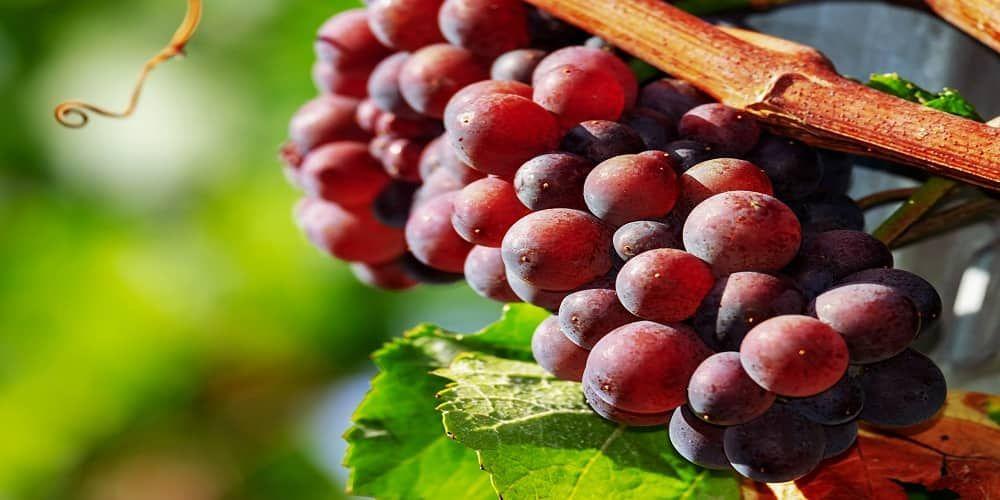
Aleatico di Gradoli DOC is cultivated in the province of Viterbo, in the soils near Lake Bolsena. Aleatico di Gradoli vines in this area already existed in Etruscan and Roman times. According to a legend, a demon lived in a cave in Gradoli and terrorised the inhabitants. The inhabitants tried to defeat him without success. One day the demon came out of the cave. When he returned a lion was there. The demon tried to chase the lion away but he wasn't able. The lion won and the demon left without his stick, which was stuck in the ground. The lion slept on the stick and the day after a vine was found on the stick: the Aleatico vine. So the inhabitants of Gradoli drew the lion and the stick with the vine in their coat of arms.
Aleatico di Gradoli DOC is a red grape variety that refers to 4 types of red wine: 'basic', 'liquoroso', 'liquoroso riserva' and 'passito'. It has a good structure, is red in colour with violet tones and has a finely aromatic and sweet aroma. It has an alcohol content of 12% vol. It goes well with dry biscuits and fruit or ricotta tarts. Aleatico Liquoroso, Riserva and Passito go well with cream or chocolate-based pastries.
Est! Est!! Est!!! di Montefiascone
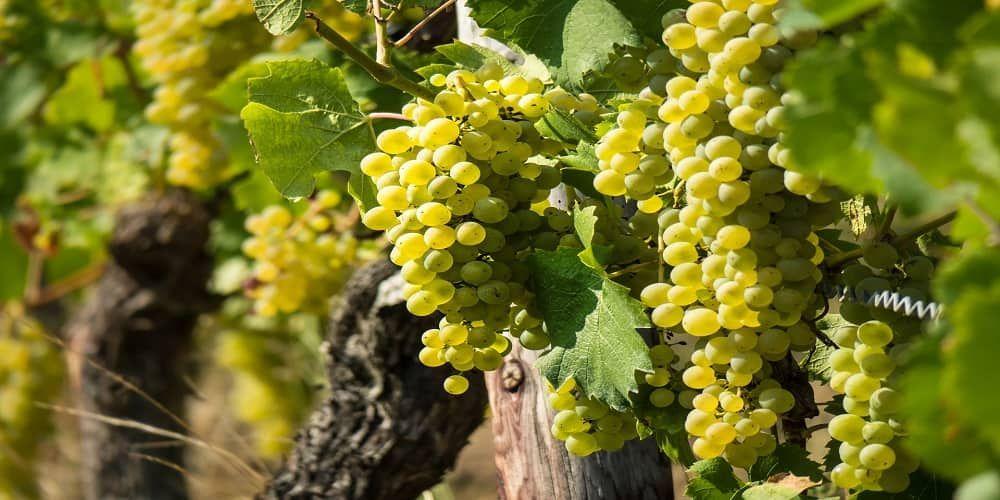
Another wine from the province of Viterbo is EST! EST!!! EST!!! of Montefiascone. The legend tells that in 1111 Henry V of Germany was on his way to Italy to visit Pope Paschal II to receive the crown of the Holy Roman Empire. Henry V was travelling with Bishop Johannes Defunk, a wine connoisseur. The Bishop had asked his servant Martino to taste wines during the journey. When Martino found a good wine, he had to write 'est' (there is) on the cellar door. When he arrived in Montefiascone, he tried a glass of wine in a cellar. He liked it so much that he wrote on the door EST! EST!!! EST!!!
The Bishop stayed in Montefiascone for a couple of days and after his term was over, he returned to Montefiascone and died there. So, in his memory, the wine was given the name EST! EST!!! EST!!! of Montefiascone. The grape variety is a brilliant straw-coloured white berry. The flavour is savoury, harmonious and dry. It has an aroma of yellow fruit and citrus with floral notes and herbaceous tones. It has an alcohol content of 10.5% vol. It goes well with white meat dishes, fish and fresh cheeses.
Colli della Sabina

The Colli Della Sabina DOC is located in Rieti in central Italy. Sabina was once a territory divided between Umbria, Lazio and Abbruzzo. Colli Della Sabina wines are divided into white and red. The white is made from Malvasia del Lazio and Trebbiano Toscano grapes, while the red is made from Sangiovese and Montepulciano grapes. It has an alcohol content of 11% vol.
Colli Della Sabina Bianco DOC is straw yellow in colour. It has a delicate, fruity aroma and is delicate and harmonious on the palate. It goes well with fish dishes, soups, and unripened cheeses. Colli Della Sabina Rosso DOC is ruby red in colour and dry and soft on the palate. It has a fruity and floral aroma and a dry or amabile flavour. It has an alcohol content of 11% vol. It goes well with first courses with meat sauces, mushroom sauces, and with red meats.
About the author
Written on 22/08/2021


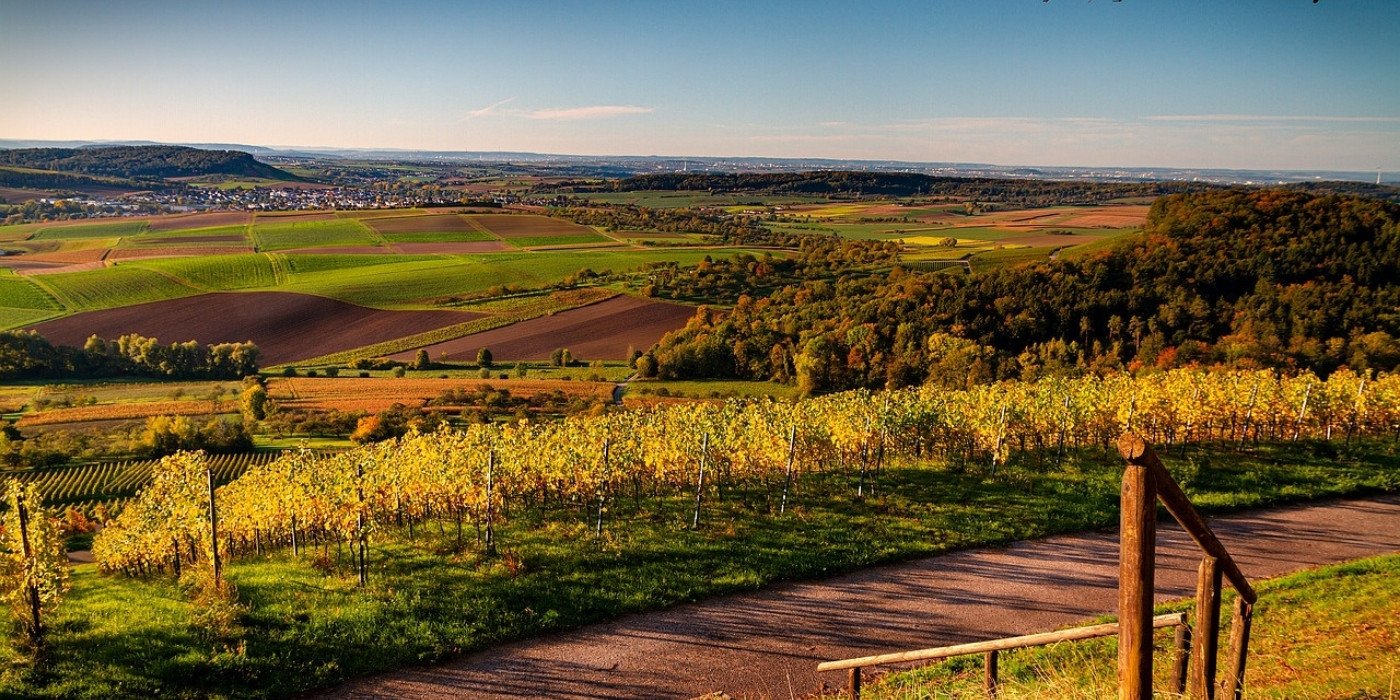

Nadia Pellegrini
A journey to discover the wines of Lazio.